QuestionI have a year old male rescue dog (doxie mix) who already knew how to go on wee-wee pad and never messed up. He also knew that he could eliminate outdoors. He was flexible.
Unfortunately an overzealous relative took over and regimented my dogs habits to the point that it is difficult to keep up. Now my dog will ONLY go outdoors and that too at very specific times.I need him to be flexible so he can relieve himself in his private area on days when I am stuck at work or if the weather is severe. i live in a high rise so I do not have a yard. My dog cannot stand the cold and snow and resists going out ,yet will not relive himself on his wee wee pads under any circumstances. I have tried using attractant sprays, collecting urine were leaves and making his wee wee pads more attractive to him but nothing is working. He will hold on till he literally shakes. I have arranged 2 walkers for him but of if I don't solve this issue and make him flexible again, I don't know how I will cope long term .Everything I have read says that a housebroken dog cannot be made to go indoors but there HAS to be something I can do. I am very desperate. Please help.
Thank you
AnswerGreetings, and thank you for contacting All Experts,
This is really tough. Generally, the problem is the opposite: training a dog to go from pads to outside. It sounds like your relative did a very good job! It is very difficult to ''undo the training'' once it has stuck in a dog's mind, especially if your relative was very strict in his training.
I have worked for a shelter and when house trained dogs were taken in, they would keep it for entire days. Poor souls were so well house-trained they would keep it until they were walked once a day on the grassy areas!
You already tried attractants and collecting items that smell like your dog's urine on the pad which are good strategies, but it seems like they are not working. If he is used to go on the grass, you perhaps may try a product known as ''Pet Zoom''which is basically an indoor potty with the plus of looking like a grassy area. The advertiser claims it ''looks and feels real''. Here is a link to the product:
https://www.petzoompetpark.com/
Another idea would be to take some pads with you when you take him out, cover them up with grass and leaves and have him use them to pee and poop. Then remove some of the grass and leaves slightly unveiling the pad. Then take the same pad indoors (you can remove the poop of course, no dog wants to get dirty) cover it with a few leaves and give it a try when your dog really needs to go.
The problem with teaching dogs to go potty in different places is the fact that dogs do not generalize well. This means if your dog learns to pee on the grass, he may have a hard time peeing on a side walk or by a field by a gas station. Some dogs also have a hard time going potty on leash. Your case however is significantly more difficult because he may have been scolded for trying to soil indoors when he was in your relative's care.
It may help to train your dog ot go potty on cue. By putting the action of going potty on cue, you will help your dog generalize, upping the chances for going in areas that do not look much familiar or as in your case, that were not allowed for some time. Your dog with time will therefore hear the familiar command, and associate it with the process of eliminating. The familiarity of the command may hopefully therefore help bypass the unfamiliarity of different places and different surfaces.
How to Train Your Dog to go Potty on Cue
You can teach your dog to potty on cue by taking your dog to his usual potty place. Watch him very carefully and right when you notice he is positioning himself to relive himself say ''go potty''. Timing is of the essence; you want to be precise enough that when you say ''go potty' your dog is actually urinating or defecating. Immediately after going potty say ''good boy'' followed by a treat.The cue will help your dog associate the command with the action of peeing and pooping, while the treat will make your dog more eager to do business. This is positive reinforcement training, therefore it will increase the chances the behavior will repeat with time.
Repeat this every time your dog is taken out and goes potty in the same area. At some point, you may no longer have to wait to see he is about to go, your words ''go potty'' will be enough to cause him to automatically do his business. Remember to always praise and reward.
Now, you can move on and try to apply the command to new areas slightly away from the original potty spot. As your dog gets good at this, you can then introduce new surfaces, new places, on leash and so forth. This will help your dog generalize the action of going potty in different scenarios.
If you want to kick the training up a notch, you can also train two different commands: ''go pee'' and ''go poop''. It is fundamental that you use the cue with the right actions so you have to be very careful with this. Most dogs will pee first and poop after, so knowing this may make the process of discrimination easier.
Once the action of going potty is put on cue with success, you may try to ask him to go potty on his pads outdoors as explained earlier and then bring them indoors. This should make the process easier. I really hoped there was an easier way around this, but house-training is something difficult to ''un-break'', up to the point that the great majority of house-trained dogs who resume soiling indoors often do so due to a medical problem. I really hope these methods may help you out, even though to be honest, I feel it may be quite challenging and may take some time. If worse comes to worse, your best bet would be to continue using the pet sitters or dog walkers, which are used by many owners in your same situation. If finances are an issue, perhaps you may find a neighbor, friend or family member willing to help out. Kind regards,
Adrienne Farricelli CPDT-KA

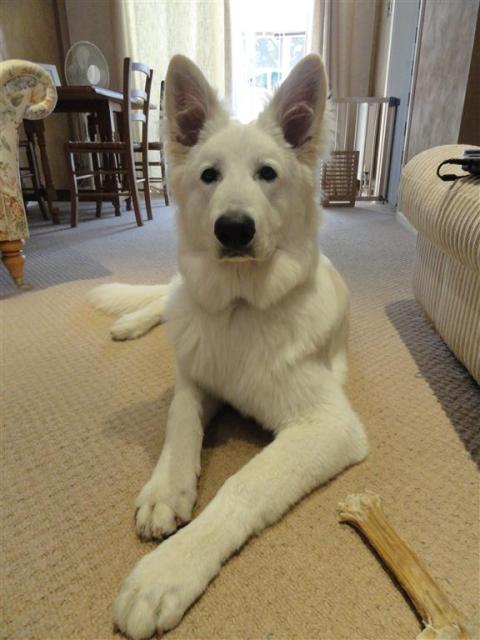 Barking at strangers
Question
Kupe
We have a 7 month old (not neutered) male
Barking at strangers
Question
Kupe
We have a 7 month old (not neutered) male
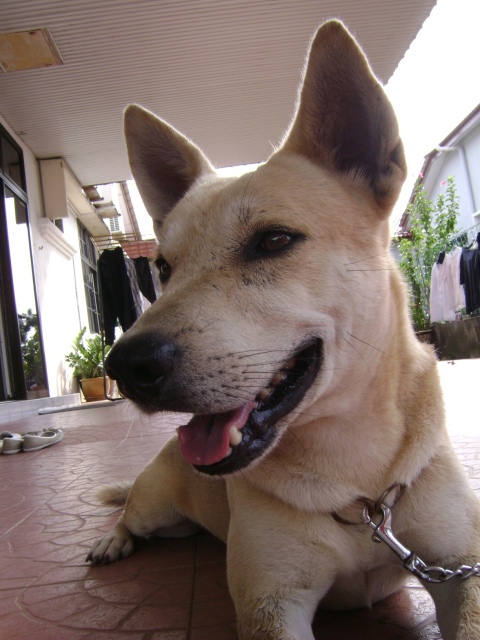 how to train a dog?
Questiondog
QUESTION: hi,I want to ask you,how t
how to train a dog?
Questiondog
QUESTION: hi,I want to ask you,how t
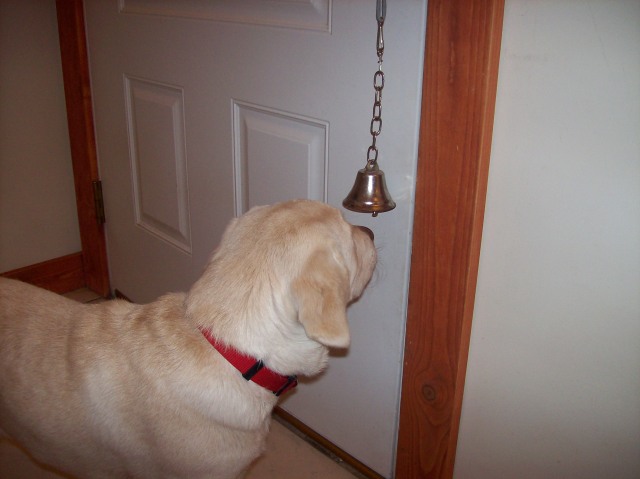 cairn terrier urinating in house
QuestionHi, I have a 2 1/2 year old cairn terrier who w
cairn terrier urinating in house
QuestionHi, I have a 2 1/2 year old cairn terrier who w
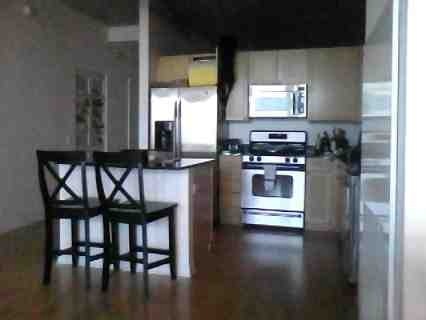 Dog jumps on counters, Refrigerator,cabinet tops when Im not home
Question
Bell
Hello,
I dont even know where to
Dog jumps on counters, Refrigerator,cabinet tops when Im not home
Question
Bell
Hello,
I dont even know where to
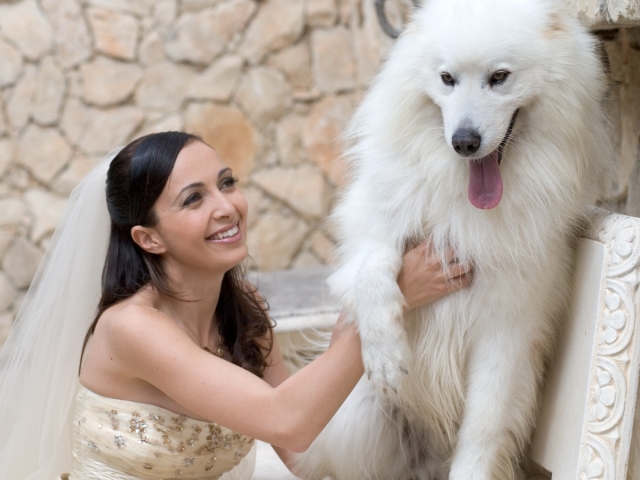 7 yr old Samoed seriously regressing in toilet training
Question
My wife and "Kid"
7 yr old male samo
7 yr old Samoed seriously regressing in toilet training
Question
My wife and "Kid"
7 yr old male samo